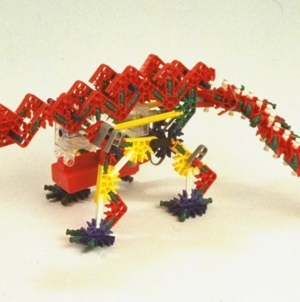-
Could Mauricio Pochettino leave USMNT for Tottenham?: ‘It’s not realistic’ - 15 mins ago
-
Jennifer Garner admits doctors talked her out of plastic surgery - 29 mins ago
-
MLB Insider Lists Yankees Interim Closer as Potential Trade Candidate - 38 mins ago
-
A star and a fighter for humanity too - 55 mins ago
-
Austin Wells crushes a three-run homer as Yankees grab 3-1 lead over Red Sox - 58 mins ago
-
Trump administration is deploying National Guard troops to L.A. - about 1 hour ago
-
Cubs Offense Could Get Better With Addition of This Outfielder - about 1 hour ago
-
Brewers' Caleb Durbin blasts a walk-off home run vs. Padres - 2 hours ago
-
How to Watch Dvalishvili vs O’Malley 2: Live Stream UFC 316, TV Channel - 2 hours ago
-
How to Watch Edmonton Elks vs BC Lions: Live Stream CFL, TV Channel - 3 hours ago
Inflation picked up in January. Here’s what it means for your money.
Inflation accelerated in January, rising 3% on an annual basis, indicating that the Federal Reserve’s push to drive inflation down to a 2% annual rate has stalled out, at least temporarily.
By the numbers
The Consumer Price Index was forecast to rise 2.9% last month, according to economists polled by financial-data firm FactSet. The CPI, a basket of goods and services typically bought by consumers, tracks the change in those prices over time.
On a monthly basis, the CPI rose 0.5%, versus economists’ forecast for a 0.3% increase, according to FactSet. That’s the biggest monthly jump since August 2023. It may be due to price increases set at the start of the year by many businesses, noted Bright MLS chief economist Lisa Sturtevant in an email.
The report, which marks the fourth consecutive month of higher inflation, showed that the following items saw price increases on a month-over-month basis.
- Eggs: 15.2%
- Fuel oil: 6.2%
- Used cars and trucks: 2.2%
- Auto insurance: 2%
What economists say
Recent sticky inflation data backs the Federal Reserve’s decision last month to hit the brakes on additional rate cuts, economists say. On Feb. 11, Fed Chair Jerome Powell told the Senate Banking Committee that the central bank does “not need to be in a hurry” to pare rates further.
The new data shows that inflation picked up speed at the start of the President Trump’s second administration, which has signaled its intention to enact broad-based tariffs, including newly announced 25% tariffs on all steel and aluminum imports.
Because tariffs are essentially taxes on imports that are largely passed through to U.S. consumers, Mr. Trump’s import duties, if enacted, could push inflation higher in 2025, economists are forecasting.
What it means for your money
Higher borrowing costs for longer: With the Fed pausing on additional rate cuts, consumers are likely to face higher borrowing costs for longer for everything from credit cards to personal loans.
“Today’s stronger than expected CPI release is likely to further cement the [Federal Reserve’s] cautious approach to easing,” said Whitney Watson, global co-head and co-chief investment officer of fixed income and liquidity solutions within Goldman Sachs Asset Management, in an email. “We think the Fed is likely to remain in ‘wait and see mode’ for the time being and anticipate the Fed staying on hold at next month’s meeting.”
Source link






























